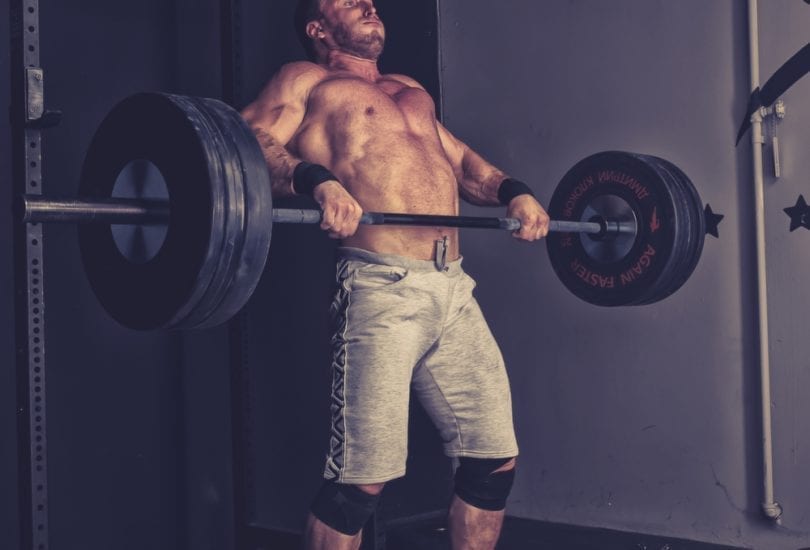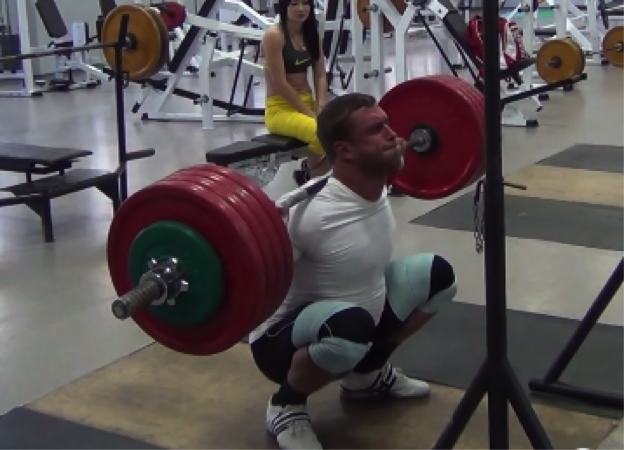Written by Team Juggernaut Jacob Tsypkin is the head coach and owner of CrossFit Monterey. Has assisted in the development of numerous Regional level CrossFit Games athletes, including sending a team and three individuals to the very tough NorCal Regional Qualifier in 2013. Jacob has also coached multiple national level weightlifters and powerlifters. This year he hopes to have athletes claim spots at the CrossFit Games and on the podium at USAW National Championships. Jacob posts programming for competitive CrossFit athletes on his website, TZ Strength.com He also offers remote coaching and programming services, program and weightlifting technique consultations, and seminars through the site.
1. What’s the biggest mistake being made by people training to compete in CrossFit?
It runs the gamut.
Philosophically, I’d say it’s the constant search for definite answers, a perfect program, a silver bullet. The most important thing is to stick to some pretty basic principles, and work very, very hard for a long time. There is no perfect way to go about it.
Practically speaking, I’d say it’s a lack of balance in training. It used to be more common to see this go towards aerobic capacity – lots of long workouts, very little high skill or high strength work. These days I see it more on the other end. Athletes want to snatch and clean & jerk and squat and muscle-up, but few want to row for 30 minutes. I’m not saying I blame them, but it’s part of the sport, and the balance is necessary.
2. How many snatches is too many? What are 3 things it is important to consider when training the Olympic lifts for reps?
There is no such thing as too many snatches.
-Fundamental principles are the same. Neutral spine, hips and legs do the work, keep the bar close, keep the arms long through the pull, etc. Those mechanics serve three purposes. The first, of course, is injury prevention. The second is reduced cycle time – if your bar path sucks, it’s going to slow the lift down. The third is to reduce energy cost by moving efficiently.
-Those mechanical changes which do exist, occur BELOW the knee – the shins should be straighter, bar closer to the ankles rather than over the insertion point of the toes, and the hips should be higher. At high reps, these changes serve the latter two purposes listed above – reduced cycle time and reduced energy cost.
-The changes listed above exist on a spectrum. 30 reps at 30% shouldn’t look the same as 30 reps at 50% which shouldn’t look the same as 15 reps at 65%. The closer you are to 1RM, the more similar to conventional mechanics your form should be.
3. Is conditioning more quickly developed than strength?
No. Yes. Maybe.
We know that physiologically, aerobic adaptations occur at a faster rate – and sooner in the process – than strength adaptations. But what does that really mean for us? Specifically, what does it mean for high level athletes?
My concern – pretty much my only concern – is competitive CrossFit athletes. I don’t care much about the base adaptations that occur in novices. In my experience, developing strength and aerobic capacity to levels which are competitive in CrossFit both take a long time and a lot of work. Which one comes more quickly is going to be dependent on the athlete.
4. Five years ago did you ever think that competitive CrossFit would be where it is now? How do you see it growing/evolving in the next 5 years?
If five years ago you’d showed me 14.4, then told me there was a guy who could score 277 reps on it, and had a clean & jerk approaching 400#, I’d have laughed in your face.
I don’t think anyone could have predicted the kind of athlete we’re seeing now. I don’t want to make any predictions about what we’re going to see in the future, because my favorite thing about CrossFit is that it seems to keep bending what we perceive as “rules” of human performance.
As far as popularity – as of the 2008 CrossFit Games, I could have guessed where things were headed. That year 300 people showed up to Aromas, California, in the middle-of-freaking-nowhere, to get together and, well, exercise. That really showed how many people were into this thing, and how passionate they were. I’m not sure where it’s going next, but I don’t see any signs of slowed growth on the horizon.
5. When you wake up in the morning do you ask yourself, “how am I gonna create some internet madz today?
I don’t really ask – it just comes to me.
In all seriousness, I take my trolling semi-seriously. I believe in what I post, but I also know it gets people riled up – which is fine with me.
But the topics I post about are pretty niche, pretty small stuff. The people who think about this stuff are really passionate about it, so things can get heated. But really, we’re all fighting the good fight here – getting more people to do more squats more deep with more weight.
Jacob Tsypkin is a CrossFit and weightlifting coach, and the co-owner of CrossFit Monterey and the Monterey Bay Barbell Club in Monterey, CA. Website, Facebook, YouTube, Twitter





